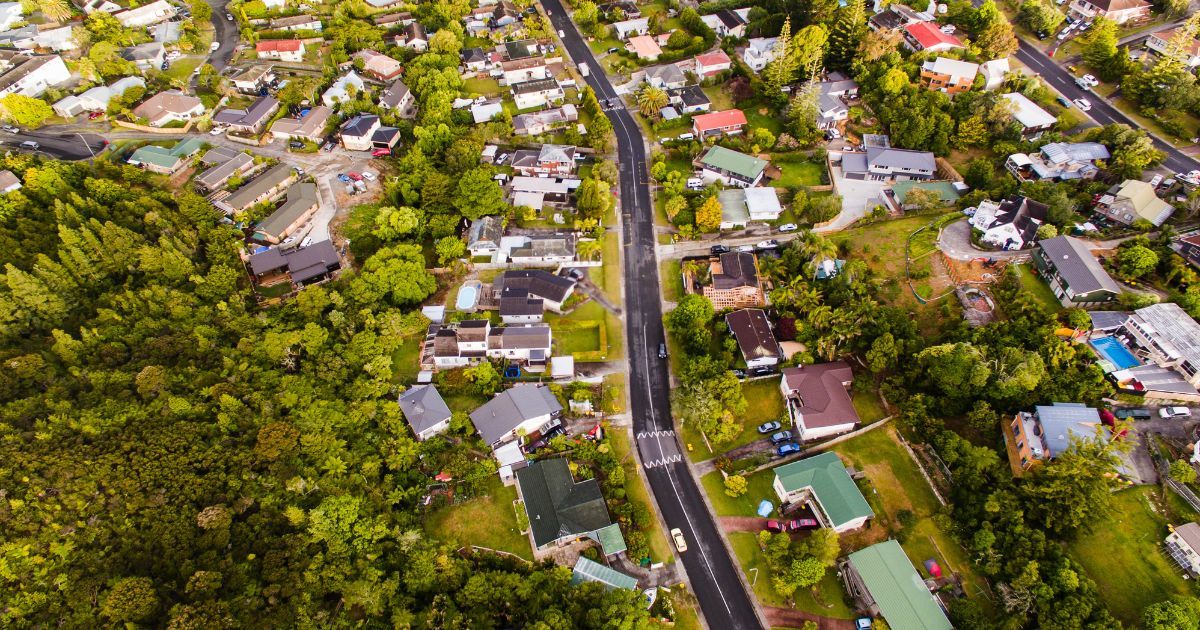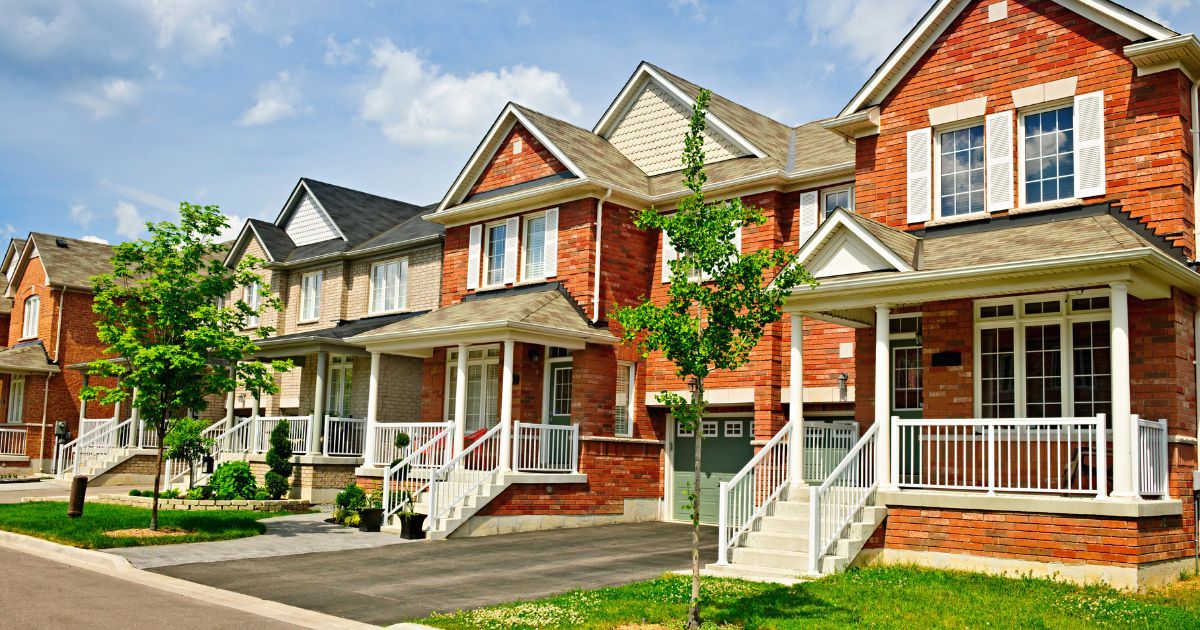Housing Starts Spike 15%: What It Means for Buyers and Sellers in Western WI and the Twin Cities
The U.S. housing market saw some notable shifts in late 2024, with a significant 15.8% increase in housing starts in December, according to a recent report from the U.S. Department of Housing and Urban Development (HUD) and the U.S. Census Bureau. This spike marks the highest level of housing construction since February 2024 and has implications for both buyers and sellers, especially in the Western Wisconsin and Twin Cities regions. Whether you're considering buying a home, selling, or just keeping an eye on market trends, here's what you need to know about this recent surge and how it could impact you.
What Does the Housing Start Spike Mean?
A housing start refers to when construction begins on a new residential unit. December's surge pushed the annual pace of new housing starts to a seasonally adjusted rate of 1.50 million units. This is a significant increase in the context of a market that’s faced ongoing challenges such as high mortgage rates, rising building costs, and limited land availability for development.
Interestingly, single-family home construction rose by 3.3% in December 2024, with builders starting to work on 1.05 million homes at an annual pace. Meanwhile, multifamily housing (which includes apartments and condos) saw an even larger jump, rising by 61.5%. This boost in multifamily construction is a positive sign for the rental market, especially in urban centers.
For 2024 as a whole, there was a slight decline in total housing starts (down 3.9% from 2023), with single-family homes increasing by 6.5% but multifamily housing seeing a notable 25% drop. However, the final month of the year shows that the market can still respond positively when demand for housing remains strong.
What This Means for Buyers in Western WI and the Twin Cities
If you're looking to buy a home in the Western Wisconsin or Twin Cities areas, this surge in new construction could present several opportunities. Here's why:
-
Increased Inventory – The uptick in new single-family home construction could help address the ongoing housing shortage. If you're a prospective buyer, this means more options may become available in the coming months, potentially alleviating the pressure of bidding wars that have characterized much of the market in recent years.
-
More Affordable Housing Options – Although high mortgage rates and construction costs are still barriers to affordability, more homes being built could help to moderate price growth. More supply might ease the cost burden in certain neighborhoods, especially those in suburban areas or up-and-coming locations in the Twin Cities and Western Wisconsin.
-
Opportunities in Multifamily Housing – For those considering renting or investing, the increase in multifamily housing construction—especially in cities like Minneapolis, St. Paul, and Eau Claire—could provide more options in the rental market. With many renters struggling with rising rents, this increase in supply may offer some relief in the years ahead.
-
Expect New Construction to Dominate the Market – The shift toward single-family homes means that much of the future housing market in the region will likely consist of newly built homes. As a buyer, you'll want to stay on top of these new listings and understand the nuances of buying new construction versus pre-owned homes.
What This Means for Sellers in Western WI and the Twin Cities
What Lies Ahead in 2025 for Housing?
Looking ahead to 2025, modest growth is expected in single-family home construction, especially in response to the continued housing affordability challenges and low housing inventory. Builders are likely to focus on single-family homes, with multifamily projects stabilizing as financing conditions improve. This trend could mean that both buyers and sellers will face a shifting market, with continued pressure on inventory, but potentially more opportunity for those interested in new homes.
For the Twin Cities and Western Wisconsin, the ongoing emphasis on single-family homes and the potential stabilization of multifamily construction may signal that the local housing markets will be relatively balanced, with an uptick in new listings but also continued demand due to the ongoing affordability crisis.
The Bottom Line
Whether you're buying or selling in the Western Wisconsin or Twin Cities regions, the strong increase in housing starts at the close of 2024 signals a positive shift in the market. More construction means more options for buyers and possibly more competition for sellers. However, with the housing shortage still looming large, there’s reason to believe that the demand for housing will continue to remain high, especially in desirable areas. Keep an eye on new developments and stay informed about market trends as we head into 2025—there may be opportunities for both buyers and sellers to take advantage of the market’s evolving landscape.
-
Read the full article: https://www.worldpropertyjournal.com/real-estate-news/united-states/washington-dc-real-estate-news/real-estate-news-december-2024-housing-starts-data-new-home-construction-data-for-december-2024-carl-harris-robert-dietz-14351.php
Categories
Recent Posts
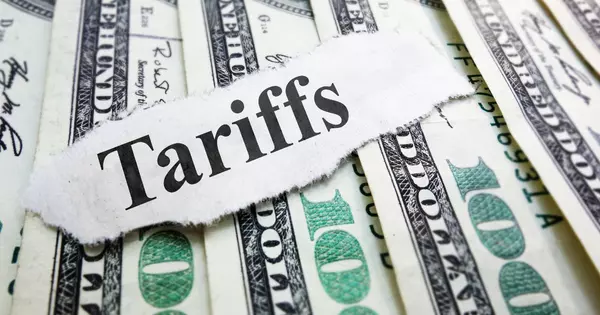

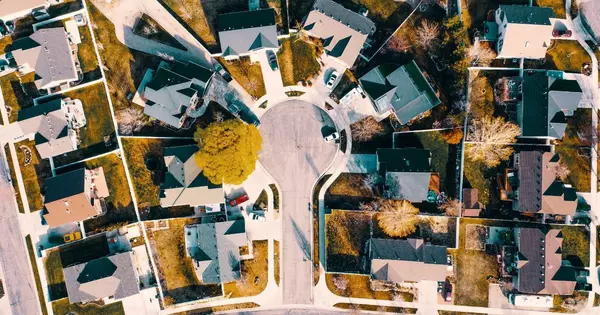
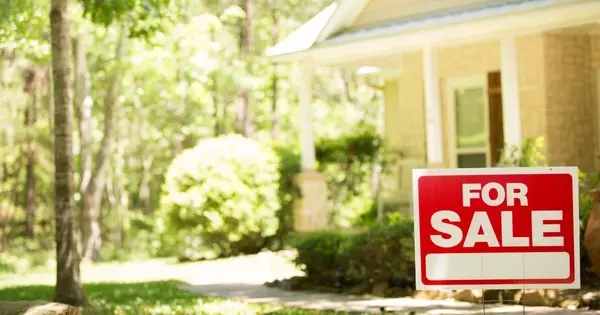
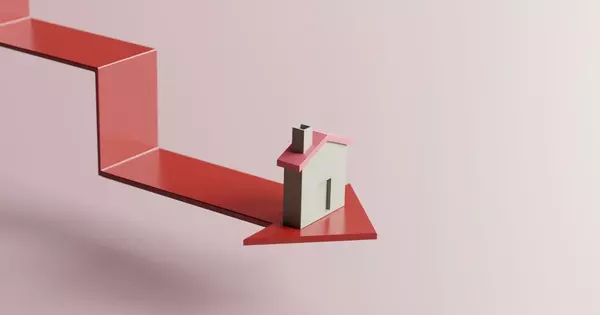
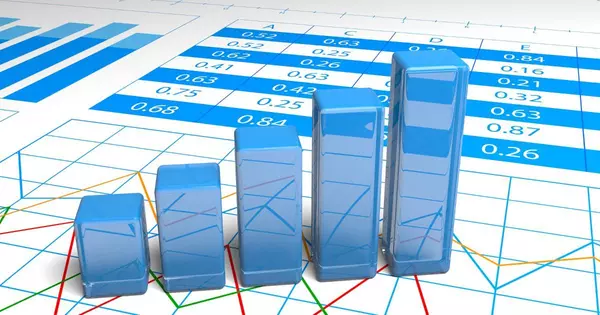


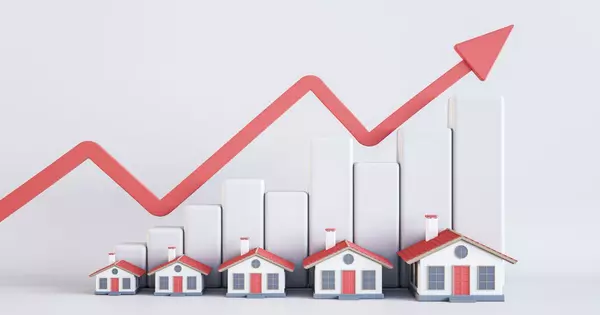
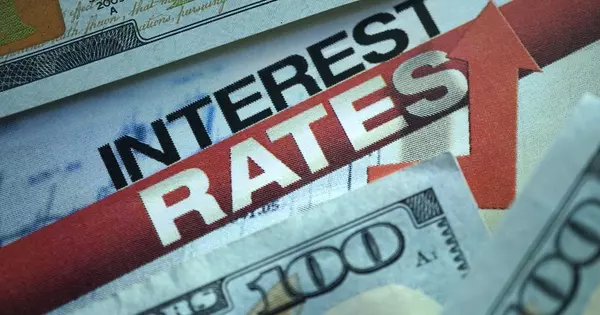
"Thanks for reaching out to The Johnson Group! We're here to guide you and provide all the real estate info you need along the way. Your dream home might be just a click away, and we're delighted to be a part of your real estate adventure!"

